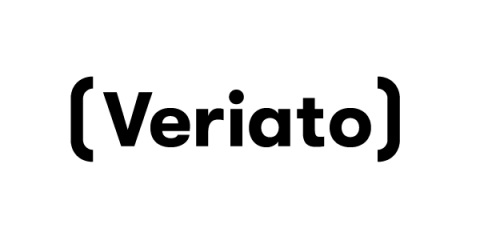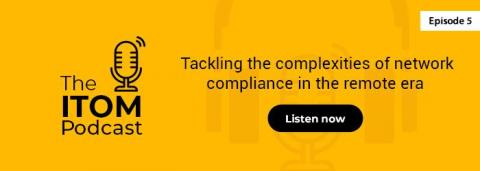Easy Ways to Boost Employee Productivity Remotely
Employee monitoring and productivity tracking features valuable insights into your teams’ performance levels throughout the day. If your office has been recently affected by the COVID-19 pandemic, you might also be transitioning into a more remote-friendly workplace environment. How do you make sure your employees are staying productive? Can you accurately measure an increase or decrease in your team’s overall productivity?





